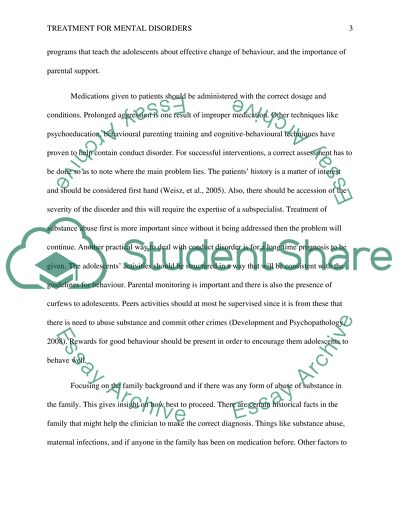Cite this document
(“Treating Adolescent Males for Conduct Disorder Research Paper”, n.d.)
Retrieved from https://studentshare.org/psychology/1461464-evidence-based-treatment-modes-for-treating
Retrieved from https://studentshare.org/psychology/1461464-evidence-based-treatment-modes-for-treating
(Treating Adolescent Males for Conduct Disorder Research Paper)
https://studentshare.org/psychology/1461464-evidence-based-treatment-modes-for-treating.
https://studentshare.org/psychology/1461464-evidence-based-treatment-modes-for-treating.
“Treating Adolescent Males for Conduct Disorder Research Paper”, n.d. https://studentshare.org/psychology/1461464-evidence-based-treatment-modes-for-treating.


